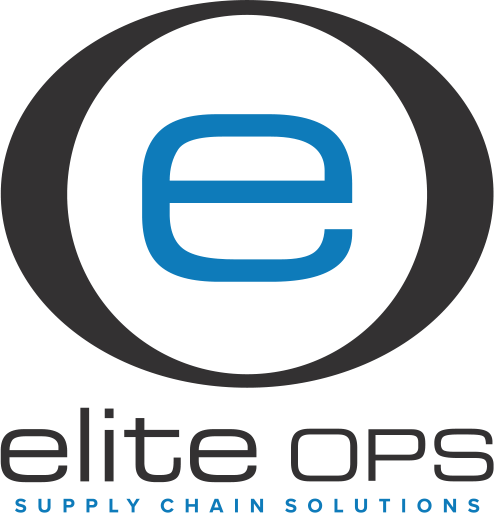Kitting in a Warehouse vs. Manufacturing
Kitting is the process of placing separate items into a single bundle, ready to be used for a new purpose. If you imagine a soldier’s kit of gear they need for a march (knife, canteen, food bar, compass, etc.), you get the idea. But kitting is used for slightly differing reasons in a warehouse and on a manufacturing line.
Kitting in Warehouse
Kitting in a warehouse is the technique of bundling several related products into one package. A subscription box is a prime example. Several different companies can all sell their products simultaneously by having them bundled into one shipment.
The activity of kitting for warehouse workers involves:
- Traveling to the correct part of the warehouse to pick multiple products
- Transporting the products to the packaging area
- Safely bundling them into one package
- Issuing a new SKU (stock keeping unit) number to the bundle
This process is important to companies because it can save time by combining multiple items before they are shipped, decreases labor during shipments, allows more items to be sold simultaneously, increases product sales, and increases the speed and accuracy of shipments.
Third-party logistics (3PL) firms, like Elite OPS, can take over warehouse kitting for your company. We can bundle similar products going to the same customer or accommodate a subscription box model using efficient processes built through 25+ years of experience.
Kitting in Manufacturing
In manufacturing, kitting is a technique that boosts efficiency by placing items together that will be used to create a final product. Instead of factory workers searching for those items during the manufacturing process, items are pre-sorted into kits that can be quickly used in the assembly line, saving time, frustration, and labor cost, as well as reducing errors.
Kitting in manufacturing also helps companies track their inventory more easily—especially when multiple small parts are used. They may also need less warehouse space to store kits than they would need for all the individual parts. Plus, workers on the assembly line need less training to use kits than if they also had to be trained to find each part as well.
A 3PL can prepare the modules that are used in manufacturing and have them ready for the factory line. We can also put together products that need assembly before shipping. Both services can free up the time and energy of workers within a company, or they may be used because a company doesn’t have the workspace to perform kitting.
Benefits of Kitting in Warehouse and Manufacturing
Companies use kitting because it offers clear advantages in efficiency and productivity. In a lean manufacturing environment, kitting:
- Lets you devote more space to manufacturing
- Helps workers focus on quality manufacturing, instead of finding and organizing parts
- Can be handled by a 3PL, which sends modules of parts to you as you need them—and keeps track of orders from earlier in the supply chain
In a warehouse, kitting:
- Decreases errors and losses
- Streamlines warehouse work, reducing labor
- Boosts product sales (if unpopular products are bundled with more popular)
- Makes shipping more efficient
A 3PL can deliver these and other benefits. Your lean or growing company might only be able to take advantage of this technique by hiring an experienced 3PL to execute it efficiently, freeing you to focus on product development, marketing, management, and other operations.
Hire the Experts at Elite Ops for Your Kitting Needs
After more than 25 years in this business, we can quickly deploy our kitting processes for clients like you. Imagine your subscription boxes or other packages already assembled before orders are received—or your product parts waiting in modules to be placed on the assembly line.
Kitting in a warehouse or manufacturing environment is a clear step toward efficiency and profit. Contact Elite OPS to see how our fulfillment and logistics services can reduce errors, increase customer satisfaction, and boost your profit margin.








